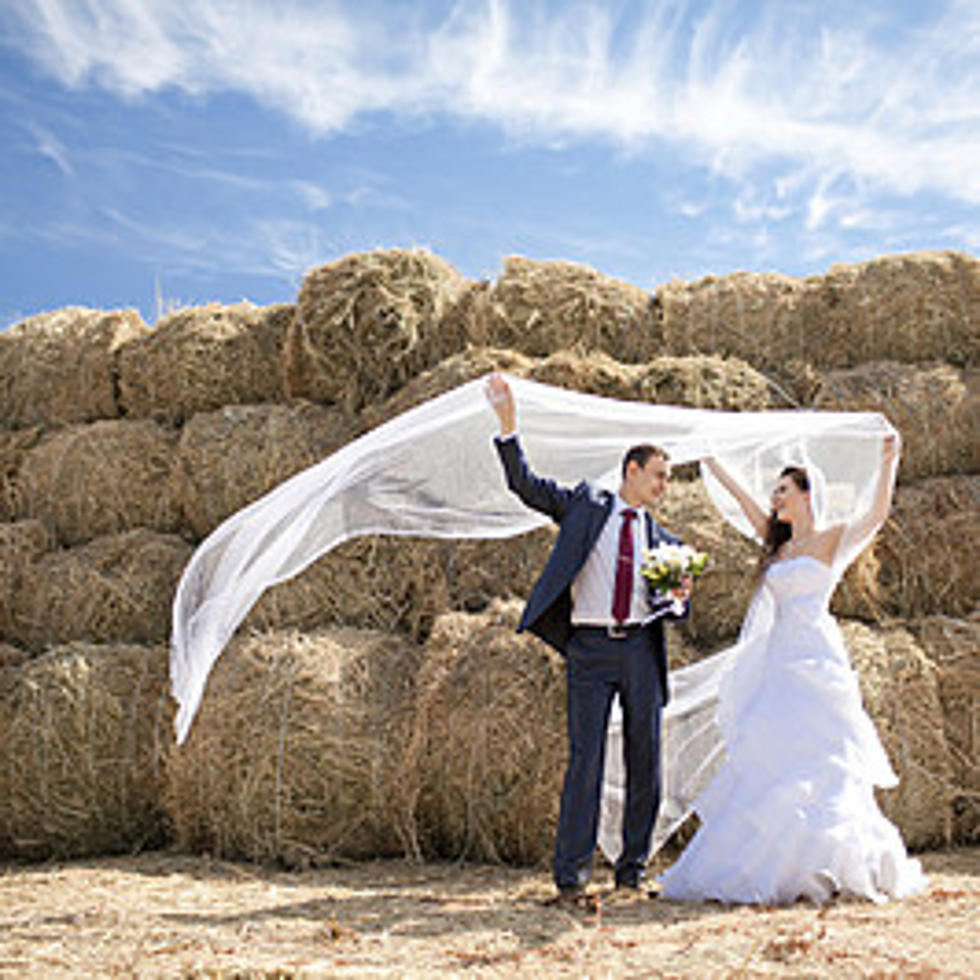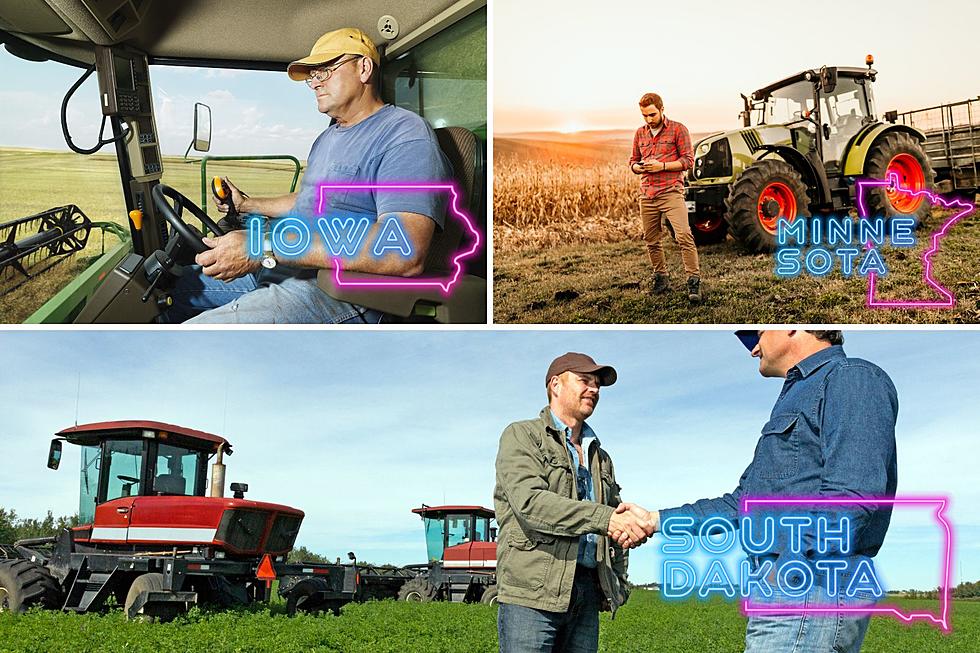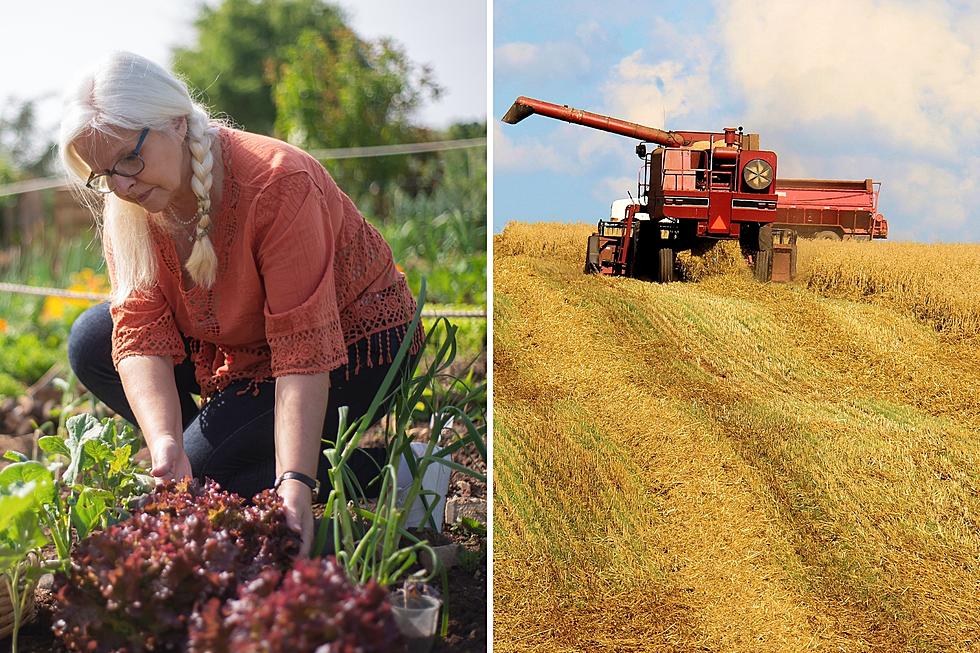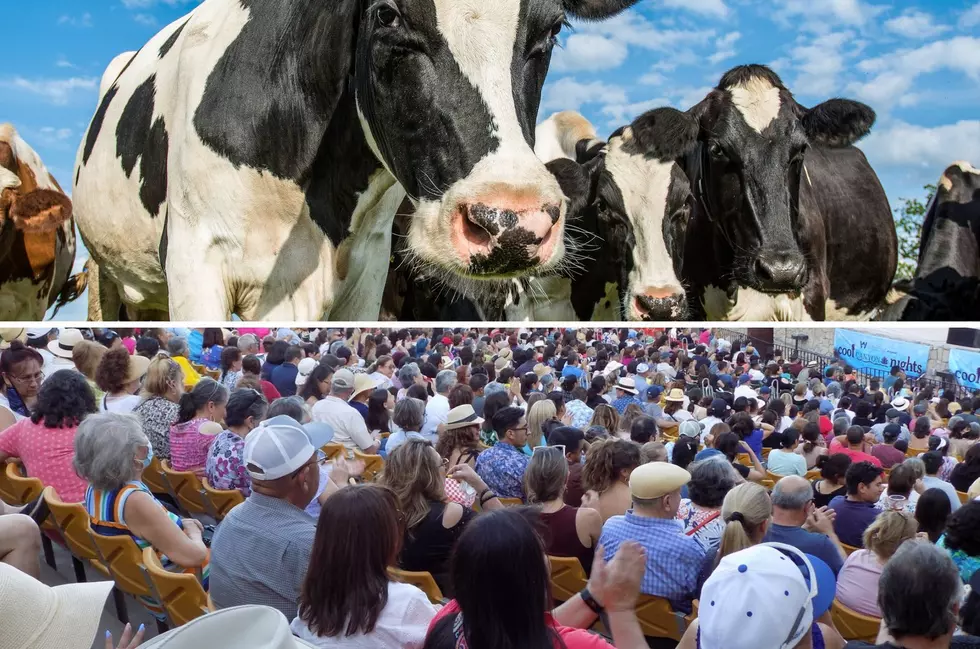STUDY: Pre-Blizzard, West River Cattle Numbers Were Rising
The Oct. 4 blizzard named Atlas hit western South Dakota as herds in Black Hills counties were on an upward trend, a Black Hills Knowledge Network analysis shows.
Cattle populations logged growth in each of the seven counties from 2012 to 2013, although some growth was slight while other counties grew significantly.
The recent growth follows a dip caused by a mid-decade drought. In Meade County, the state's No. 2 cattle county, the herd dipped to 110,000 head in 2007 after it had been at 117,000 in 2006.
The county quickly rebounded and showed a herd size of 120,000 in 2008 and had hit a recent high of 125,000 at the start of 2013.
At the same time, Butte County's herd made a big leap, growing from 52,000 in 2005 and 2006 to 64,000 by 2008, a 23 percent jump. Butte's numbers hovered at that level until 2013, when it ticked up again to 67,000.
When you see Meade and Butte numbers going up, you are seeing post-drought recovery, said Ken Olson, a South Dakota State University Extension beef specialist.
Olson is less sure about a significant drop in cattle numbers in Pennington, Fall River and Lawrence counties.
cattle to account for the slide.
and 56,000 in Fall River County.
go in different directions.”
More From KXRB










